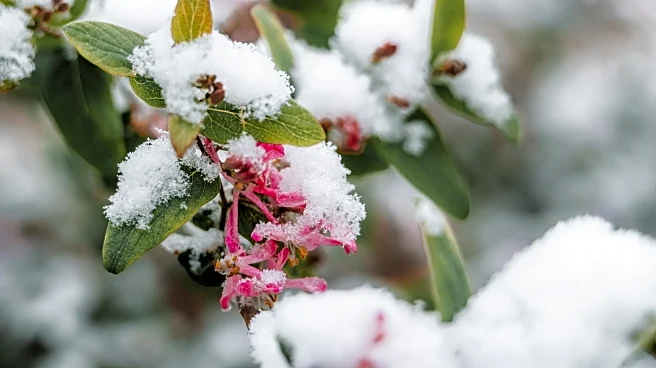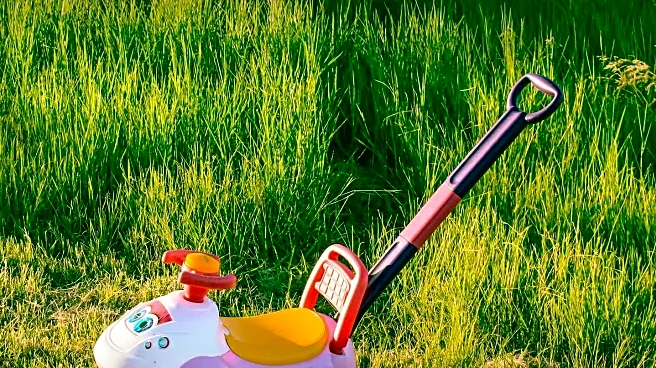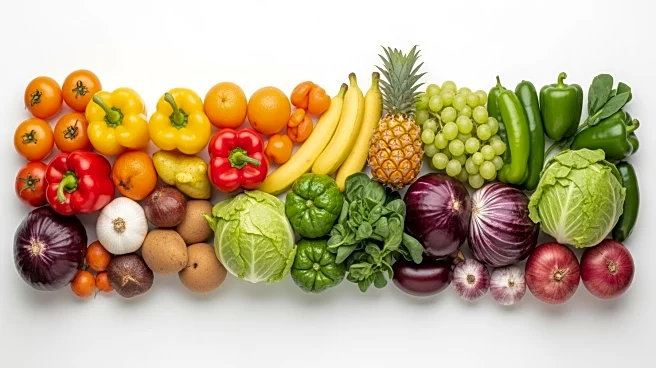What's Happening?
A recent article highlights the benefits of self-seeding flowers, which can rejuvenate gardens with minimal effort from homeowners. These flowers, such as the California Poppy and Black-Eyed Susan, naturally
drop seeds at the end of their blooming season, ensuring a vibrant return the following spring. This process allows gardeners to enjoy a colorful and lively garden without the need for replanting or extensive maintenance. The article lists seven specific flowers known for their self-seeding capabilities, including Larkspur, Bachelor's Button, Sweet Alyssum, Nigella, and Cosmos. These plants not only bring aesthetic appeal but also support local ecosystems by attracting pollinators like bees and butterflies.
Why It's Important?
The use of self-seeding flowers can significantly reduce the time and effort required for garden maintenance, making it an attractive option for busy homeowners or those new to gardening. By naturally replenishing themselves, these plants contribute to sustainable gardening practices, reducing the need for additional resources such as seeds and fertilizers. Moreover, self-seeding flowers can enhance biodiversity in residential areas by providing habitats and food sources for various pollinators. This approach aligns with growing environmental awareness and the desire for eco-friendly gardening solutions.
What's Next?
As more homeowners become aware of the benefits of self-seeding flowers, there may be an increase in demand for these plants at nurseries and garden centers. Gardening enthusiasts might also explore combining self-seeding flowers with other low-maintenance plants to create diverse and resilient garden ecosystems. Additionally, educational initiatives could emerge to inform the public about sustainable gardening practices and the ecological advantages of self-seeding plants.
Beyond the Headlines
The trend towards self-seeding flowers reflects a broader shift in gardening culture towards sustainability and environmental responsibility. This movement encourages individuals to consider the ecological impact of their gardening choices and to adopt practices that support local wildlife and reduce human intervention. As climate change and environmental concerns continue to rise, such practices may become increasingly popular and necessary.












